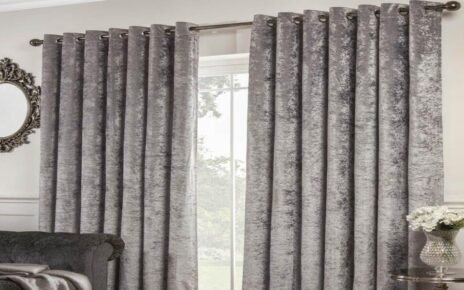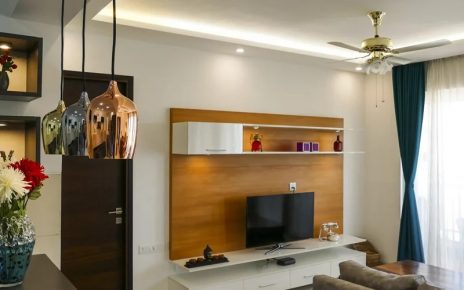Every so often, I hear about another tiny house that is falling apart. It probably happens more frequently than most of us would like to admit. These disasters usually happen before the whole house is framed, and mistakes are made in materials and building techniques. Learn lessons from others, and don’t let this happen to you by avoiding framing mistakes!
Here are seven Tiny house framing mistakes that can ruin your tiny house dream with proper solutions;
- Not Building A Strong Foundation
If your tiny house isn’t on a concrete pad or slab, it will shift and move in response to changes in the weather. This movement can cause cracks in the walls and foundation, making them prone to water damage. It also makes it difficult for plumbers and electricians to do their jobs properly.
To prevent these problems, build a foundation that is as strong as possible by using grade beams, pressure-treated lumber and concrete blocks. It also helps if an engineer certifies that your foundation meets local codes before you start construction.
- Not Using 2x4s In The Floor System
Tiny houses often use 2x4s for the floor system instead of 2x6s or 2x8s. This is because smaller framing lumber is less expensive and easier to work with. However, some builders use plywood instead of OSB on the subfloor because they think they need more support (i.e., they think plywood will hold up better).
The fact is that OSB has more than enough strength to support the floor joists, as long as you don’t have any major loads on them (i.e., not more than 150 pounds per square foot). That means that if you’re just using a mattress and a few other things in your tiny house, then you don’t need plywood under your subfloor. Just use OSB and save yourself some money!
- Using Cheap Materials
Cheap materials may seem like they’re saving you money in the short term, but they can cost more in the long run because they aren’t durable enough for regular use or they won’t last as long as better quality materials would have lasted if used instead. If you’re going to spend time and effort building something, don’t skimp on supplies — especially if they’re likely to be exposed to harsh weather conditions or extreme temperatures outside (like around a fireplace).
- Framing Over The Top Of Existing Walls
This is a common mistake that can be expensive to fix later on. If you have an existing foundation or exterior walls, make sure that your framing members don’t go over the top of them. This means that you need to plan ahead so that your framing is in the right place before installing these exterior elements.
- Not Installing Sheathing Boards Along With Your Roof Framing
Sheathing boards are thin sheets of wood that help reinforce your roof framing and provide additional protection against water damage (which can be especially important if you have an A-frame roof). They should be installed on top of all rafters as well as any purlins or trusses that run perpendicular to the rafters. If you don’t install sheathing boards, your roof will not be able to withstand much weight before sagging or even collapsing altogether!
- Using Too Much Insulation
It’s tempting to cram as much insulation into your walls as possible, but it’s better to use less than more. Using too much insulation will cause a lot of condensation, which can lead to mould or rot down the road. Also, if you have an unfinished basement or crawlspace under your home, you’ll want to make sure there’s enough room for air circulation between your home and these areas so that moisture doesn’t get trapped inside your walls and cause damage over time.
- Falling Off The Grid
The first thing you need to do is make sure that your house is properly wired for electricity. If you’re going off-grid, then this isn’t an issue, but if you’re planning on being connected to the grid, then the electrical inspector will want to make sure that your wiring is up to snuff. This means having all of your wiring done by a licensed electrician and making sure that everything is properly grounded and protected from moisture damage.
Conclusion:
Tiny house framing is a relatively new industry that is growing fast in response to the desire of many people wanting the lifestyle of living small. If you are building a house of less than 400 square feet, this article will cover many mistakes that you could avoid and take your building schedule from months down to weeks.





